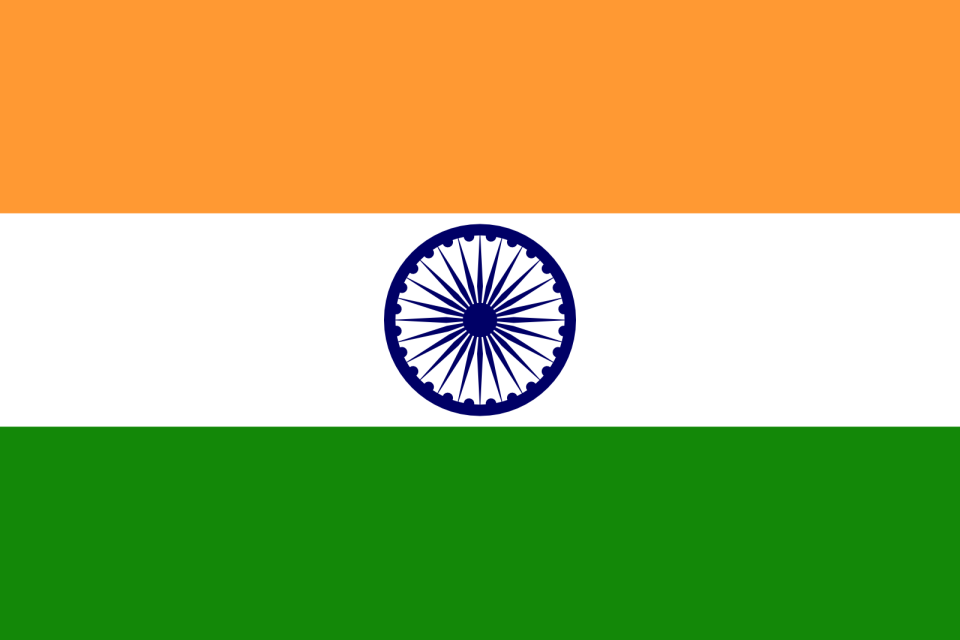
Background
The 2nd largest employer in India with close to 45 million persons directly employed with another 100 million in allied activities, the textiles sector contributes significantly to foreign exchange revenues. The sector contributes 5% in global trade and 13% in total exports earnings of the country with a target of $100 bn in exports by 2025. At 4% of the country’s GDP, the Textiles sector is estimated to reach close to $250 bn by 2025 leading to production and consumption of Textiles at higher levels than ever before. Some of the factors contributing to growth of this sector in India include presence of complete textiles value chain and self- reliance in raw materials with high spinning and weaving capacity ; competitive costs of manufacturing as compared to neighbouring countries; favourable Government policies; large and growing domestic market; greater digital penetration including e-commerce, availability of vast pool of skilled and semi-skilled workforce at low costs, besides an enabling infrastructure.
Disruptions in Global Supply Chains
The global supply chains are being disrupted on account of China+1 policy, and issues related to Xinjiang cotton; however, India has been lagging while countries such as Vietnam and Bangladesh have managed to increase market share. For Vietnam, enablers include better machinery and infrastructure, hubs in close vicinity to save time and cut costs, large manufacturing capacities, FTA with European Union, cultural similarities and proximity to China and massive investments in healthcare and education. In Bangladesh, cheap labour with ability to produce large volumes in quick turnaround times; preferential access to European Union due to presence of Everything but Arms (EBA) initiative and Free Trade Agreements on account of its status as a Least Development Country severely impact the trade competitiveness of India.
Industry Challenges
FDI inflows into the textile sector are yet to recover to pre-pandemic levels. The impact of the global pandemic of 2020, the Russia- Ukraine War, inflation in countries such as the US and looming recession, and surge in cotton prices are unfolding dramatically with sluggish demand in export destinations such as EU and USA. Increased competition from countries such as Bangladesh and Vietnam is further leading to slump in demand, output, and exports and consequent excess capacity. The Index of Industrial Production (IIP) in textiles manufacturing figures for December 2022 at 110 show a marginal improvement from 102.3 in October 2022; however, this is lower than the pre-covid levels and corresponding period in December 2021 at 124.9 depicting a fall in manufacturing output.

Government Initiatives
The Government of India is working closely with the industry with its enabling policies to help catapult growth as India enters the Amrit Kal and holds the prestigious G20 presidency. Some of the recent initiatives for the textiles sector include permitting 100% FDI, Production Linked Incentive (PLI) scheme, National Technical Textiles Mission (NTTM), soon to be announced PM Mega Integrated Textile Region and Apparel (PM-MITRA) parks, SAMARTH scheme with a target to train over 1 million persons in 3 years and INR Rs. 4,389.34 crore allocated in Budget 2023-24, 22.6% higher than the previous year. The recently passed four labour codes by Government of India to replace archaic laws, if implemented effectively would greatly impact the way businesses operate.
India has signed multiple Free Trade Agreements (FTAs) and Preferential Trade Agreements (PTAs) including with UAE, Japan, South Korea and Australia and in discussions with many others including UK, European Union and Canada to provide duty free access to the markets. However, there is a need to more proactively engage with these countries and leverage the FTAs for greater exports to these countries.




